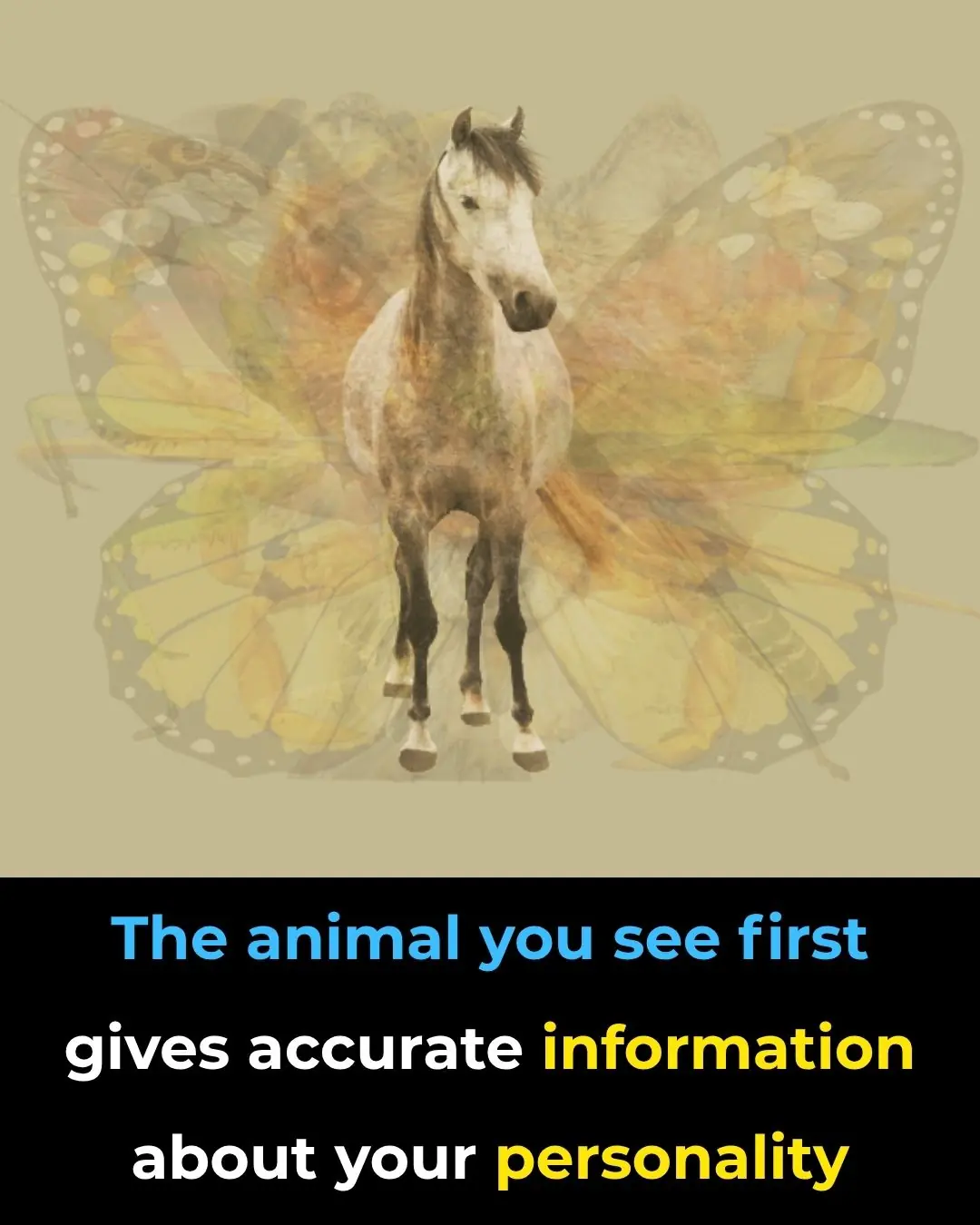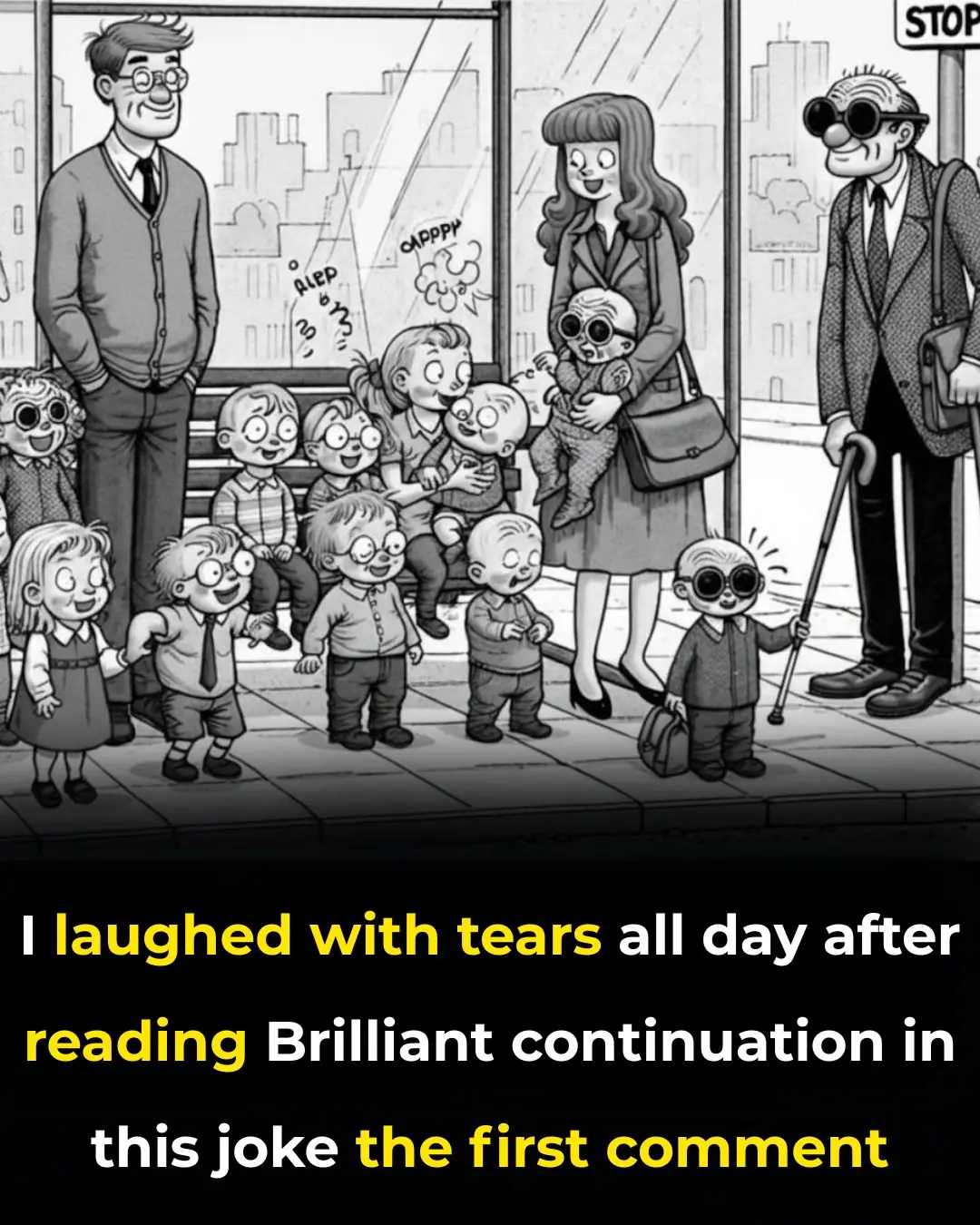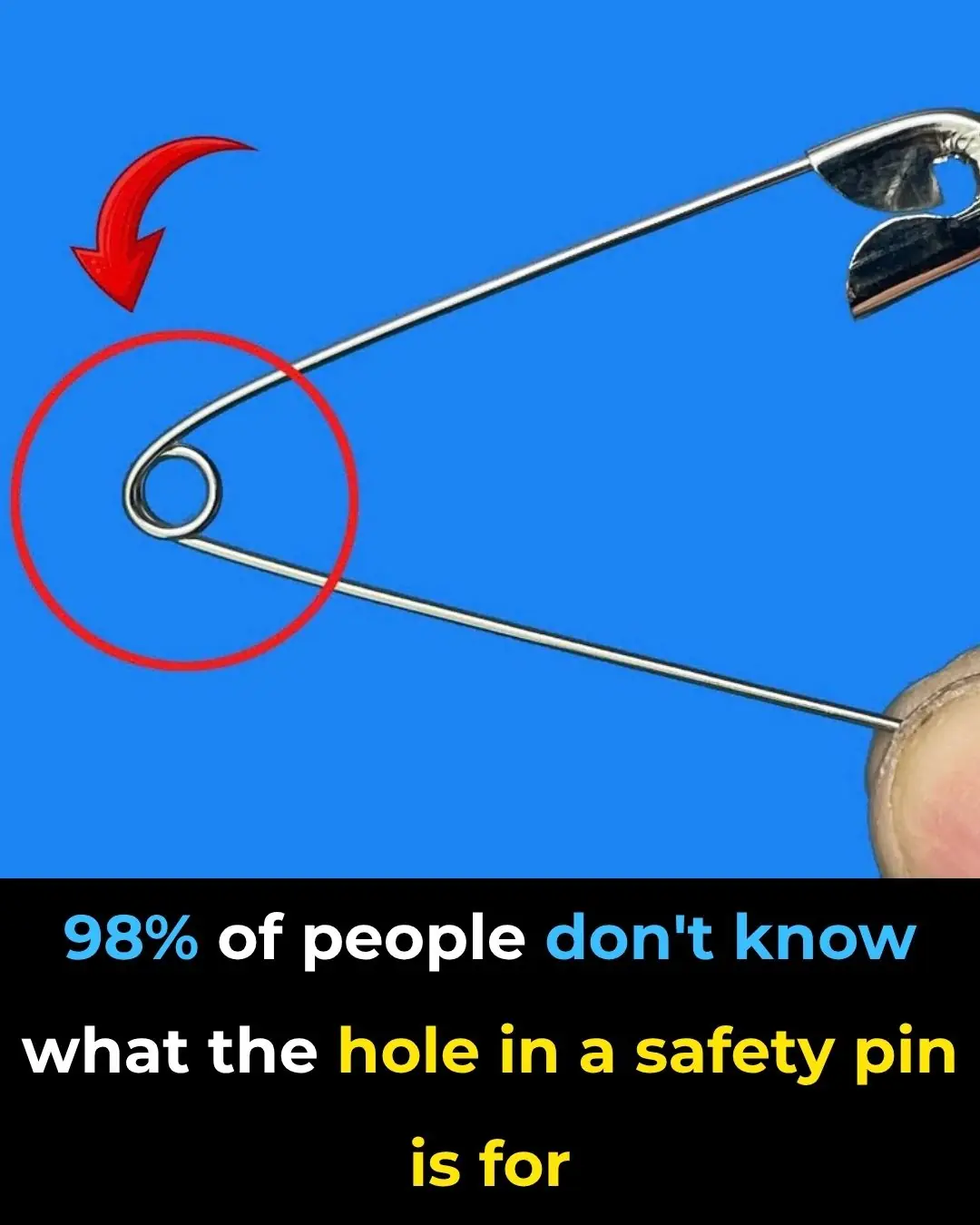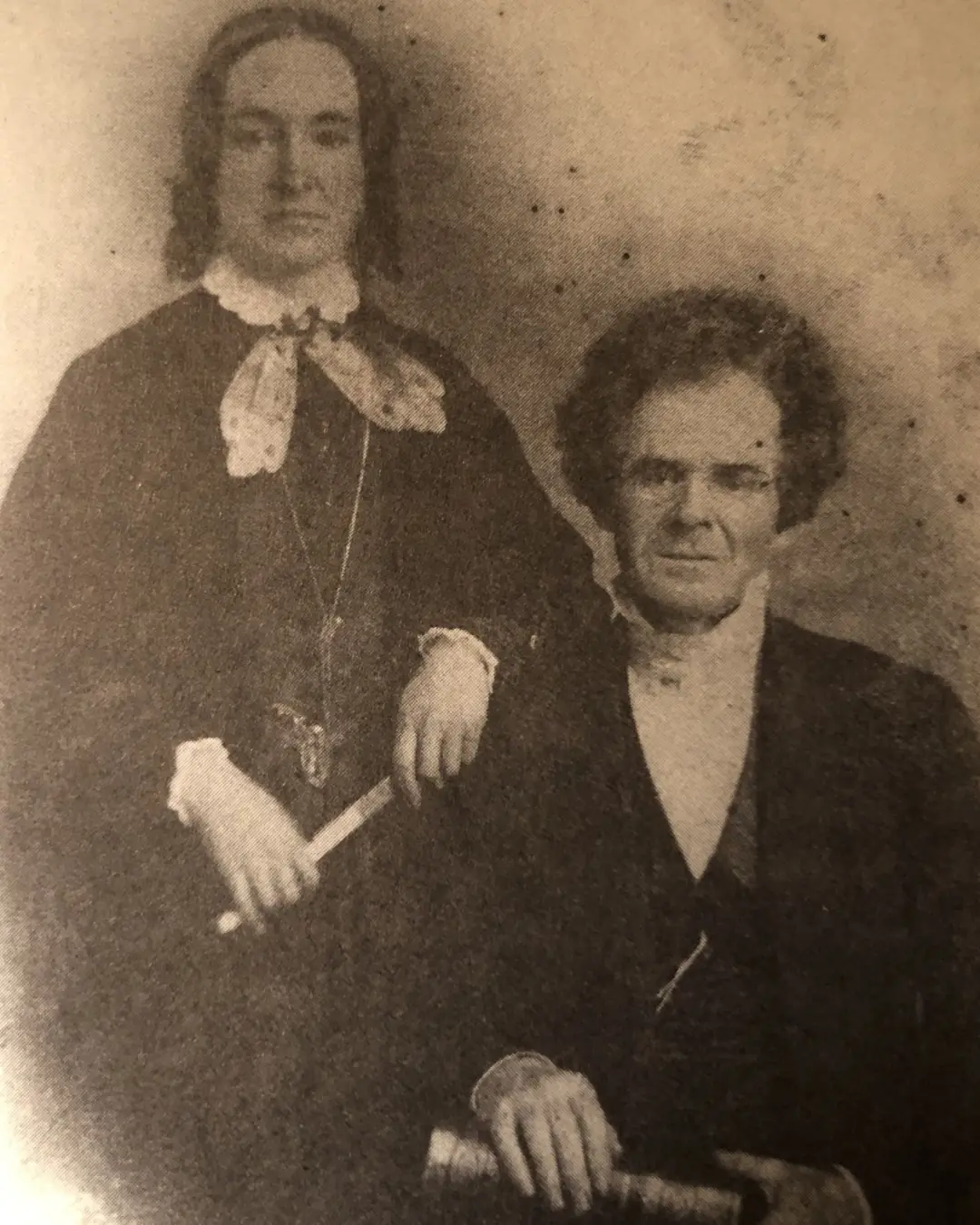
The Man Who Can ‘Prove’ Life Is a Simulation With Just a DMT Vape and a Laser

When Light Speaks: The Strange Case of Danny Goler’s “Code”
A beam of crimson scatters across a wall, unremarkable to most eyes. Yet for Danny Goler, under the hallucinatory haze of DMT, it transforms into something else entirely. He insists the patterns are not random but a language — a pulsing geometry shimmering in the glow. “I saw the code,” he says, convinced it is proof that life itself may not be what it seems.
What if an ordinary laser could reveal the hidden scaffolding of reality? The question lingers, teasing the fragile line between illusion and revelation.
The Experiment, the Audience, and the Market for Mystery
What began as a fleeting vision in one man’s DMT trips has evolved into a full-fledged ritual — part experiment, part spectacle. Goler now promotes a protocol: inhale DMT, fix your gaze on the cross-shaped reflection of a 650 nm red laser passed through a diffraction grating, and observe what emerges. Around this he has built a brand — complete with a website, merch, “Project Veilbreak” kits, and sleek videos designed for virality.
The story has drawn a small but fervent following, bolstered by a documentary that amplified interest far beyond psychedelic circles. In that blend of personal revelation and public performance, something curious happens: the phenomenon becomes co-authored. Participants aren’t just subjects — they’re an audience, performers, and believers all at once.
The documentary trailer and social media snippets place them inside a curated stage: guided preparation, ambient lighting, coaching, and the shared witness of others. These layers of context don’t merely document the experience — they shape it, modulating attention, expectation, and interpretation. When the private vision turns into a product, questions follow about motive, responsibility, and how modern spiritual entrepreneurship blurs spectacle with genuine psychological exploration.
Not everyone views Goler as a prophet. Even sympathetic voices describe him as “a distinctly modern kind of mystic — half visionary, half marketer.” It’s an archetype of the digital age: someone who sells transcendence through design, narrative, and branding. The uneasy mix of charisma and commerce that surrounds Project Veilbreak reflects how quickly spiritual experience can become content in a culture hungry for the next mystery.
When Light Meets the Mind
To a physicist, what Goler calls “the code” may look like nothing more than light obeying the laws of optics. A diffracted 650 nm red laser produces what scientists term a speckle pattern — a field of tiny, shifting dots formed as coherent light scatters and interferes. Ophthalmologists even use this effect to study blood flow in the retina, since speckle motion mirrors eye movement. In normal states, the dots fade into visual static. But under altered perception, they can become a living tapestry.
The eye’s anatomy plays its part. At the fovea — the center of our visual field — cone cells form an almost hexagonal grid. When a speckle field drifts across this retinal mosaic, the brain’s pattern-recognition machinery tries to impose order, constructing shapes and symbols that feel intentional. Researchers mapping these mosaics note how they predispose perception toward symmetry and repetition, priming the mind to read structure where none exists.
Then comes DMT, the so-called “spirit molecule.” Pharmacologically, it floods serotonin 5-HT2A receptors and disrupts the brain’s predictive coding — the mechanism that filters sensory chaos into coherent reality. Within seconds, the visual cortex releases its constraints, and perception becomes an open canvas. Under that neurochemical storm, ambiguous inputs such as speckle fields can morph into elaborate symbolic systems that feel cosmic, external, and self-validating.
From Vision to Verification

If Goler’s “code” is to earn a place in scientific discourse, it must survive the crucible of experiment. The route is clear: controlled, double-blind studies that eliminate suggestion. Participants would be randomly assigned to inhale either DMT or a placebo, then view either a real or simulated laser pattern of equal brightness. Only independent evaluators — blind to the conditions — would compare whether reported symbols appear consistently above chance.
Such rigor is necessary because expectancy exerts enormous influence. Decades of psychedelic research show that what participants believe about their state often outweighs what they actually take. Studies using active placebos, tracking belief guesses, and correcting for expectancy effects are critical to distinguishing perception from persuasion.
Timing also matters. DMT’s intensity peaks and fades within minutes, complicating data collection. Researchers like Andrew Gallimore and Rick Strassman have proposed steady-state infusion methods to prolong the experience under medical supervision. Combined with calibrated laser displays, eye-tracking systems, and preregistered analytic pipelines, these designs could finally test whether the “code” reveals anything beyond the interplay of physics, physiology, and mind.
Until such trials exist, Goler’s vision remains in limbo — a story suspended between scientific possibility and spiritual metaphor.
When Belief Becomes Contagious
The spread of Project Veilbreak owes less to laboratory results than to the dynamics of modern media. Once the first clips appeared online, the narrative — DMT reveals hidden language of light — was irresistible. Forums filled with testimony, a documentary teaser gained millions of views, and influencers echoed the idea across platforms.
Psychology offers a familiar explanation: expectation. A 2024 meta-review in Biological Psychiatry: Cognitive Neuroscience and Neuroimaging confirmed that “unblinding” — when participants infer they’ve received the active substance — magnifies reported effects. Primed to see sacred geometry in a speckle field, participants often do.
Evidence for this phenomenon is mounting. A massive self-blinding microdosing trial published in eLife showed that those who merely believed they were microdosing reported the same improvements as those who actually were. Expectation alone generated tangible, convincing outcomes. Similar “psychedelic cryptography” studies by the Qualia Research Institute found that encoded patterns appeared “readable” only under altered states — demonstrating how context and suggestion co-create experience.
These findings don’t reduce the mystery; they reframe it. What we call revelation may often be an echo of belief meeting perception in just the right conditions.
From Subculture to Spotlight

Goler’s laser-and-DMT ritual has now escaped its niche. Project Veilbreak circulates on TikTok, Reddit, and YouTube, featured in upcoming documentaries and mainstream media pieces. The fringe has gone fashionable.
But visibility carries consequences. Clinical data show that powerful psychedelics like DMT can provoke panic or psychosis, even in people without prior mental illness. VICE documented participants of Goler’s method describing lingering nihilism and, in one case, a psychotic break. Such accounts reveal how viral intrigue can mask genuine mental health risks.
Curiosity drives the clicks; caution must guide the interpretation. Whether “the code” exists or not, its rise underscores how cultural fascination can amplify untested claims faster than science can verify — or refute — them.
The Allure and the Risk of the Extraordinary

Danny Goler’s “code” story is a mirror for our era — a blend of mysticism, marketing, and media momentum. What began as a solitary experiment in altered vision has become a social phenomenon fueled by hashtags, documentaries, and our collective hunger for meaning in the digital age.
It also highlights a recurring paradox: in seeking proof of higher realities, we often end up revealing our own psychology instead. The “code” may not expose the structure of the universe, but it does illuminate something equally profound — how easily the modern search for transcendence becomes content, how quickly belief becomes performance, and how mystery itself has become a marketplace.
News in the same category


How a $20 Million Dream Home Became a Monument to Nowhere

What You See First Reveals a Key Trait of Your Personality

iPhone owners in utter shock after user points out 'never seen before' design 'flaw'

5 Mistakes Women Unknowingly Make That Drive Men Away

The Tradition Behind Japanese Floor Sleeping

14 Items to Throw Away Right Now

They are waiting at the bus stop … See it below!👇

People tend to sleep apart after 50, which means

What does it mean when a person helps waiters remove plates from the table, according to psychology?

What does that behavior mean psychologically?

U.S. Life Expectancy Lags Behind Other Wealthy English-Speaking Nations — The Contributing Factors

The 1,300-Year-Old Loaves That Brought the Words “I Am the Bread of Life” to Life

The vegetable at the top of the list of 'liver-damaging king', if you eat it, don't blame your liver for early liver damage

The volume button on the phone has 6 hidden "magical" functions that many long-time users still don't know about

🔍 What’s the Purpose of That Tiny Hole in a Safety Pin?

Brown vs. White Eggs: Which Should You Choose?

The Animal You See First Reveals Your Anger Trigger

New Study Finds Eating More Than 1 Egg Per Week Cuts Alzheimer’s Risk by 47%
News Post

Showering with Your Partner

The Night a Stranger Saved Me and My Daughters.

The Kindness We Don’t Film.

The Picture Worth a Pulitzer.

The Daddy Doll That Means Everything.

The Woman Who Refused to Be Silenced.

Wells: The Brave Heart Who Fought with Every Beat

Ava’s Second Chance: The Baby Who Fought Back from Cancer Before Her First Birthday

Oscar’s Fight: From Laughter on the Water to a Battle for Life

When Love Refuses to Let Go: A Father’s Prayer Beside His Daughter’s Hospital Bed

A Mother’s Plea – Krzyś’s Courageous Battle Against Ewing’s Sarcoma

Millionaire Dresses as a Bum and Visits His Company on an Undercover Mission — Story of the Day

Strangers Yelled at Me to Take My Crying Baby Outside Out of a Pharmacy — But Then Someone Walked In and Silenced Them All

My FIL Mocked Me for Renovating the House Myself—Then Told Everyone It Was His Handiwork

A 12-Year-Old's Courage and Compassion: Officer Saves Puppy After Girl Drives to the Vet

Nikita’s Fight for Life: A Little Boy’s Battle Against Impossible Odds

The Golden Guardian: How One Dog’s Love Helped a Little Girl Heal

Harris’ Story: The Boy Who Learned to Walk Again

Avoid ginger if you have these 5 health problems..
